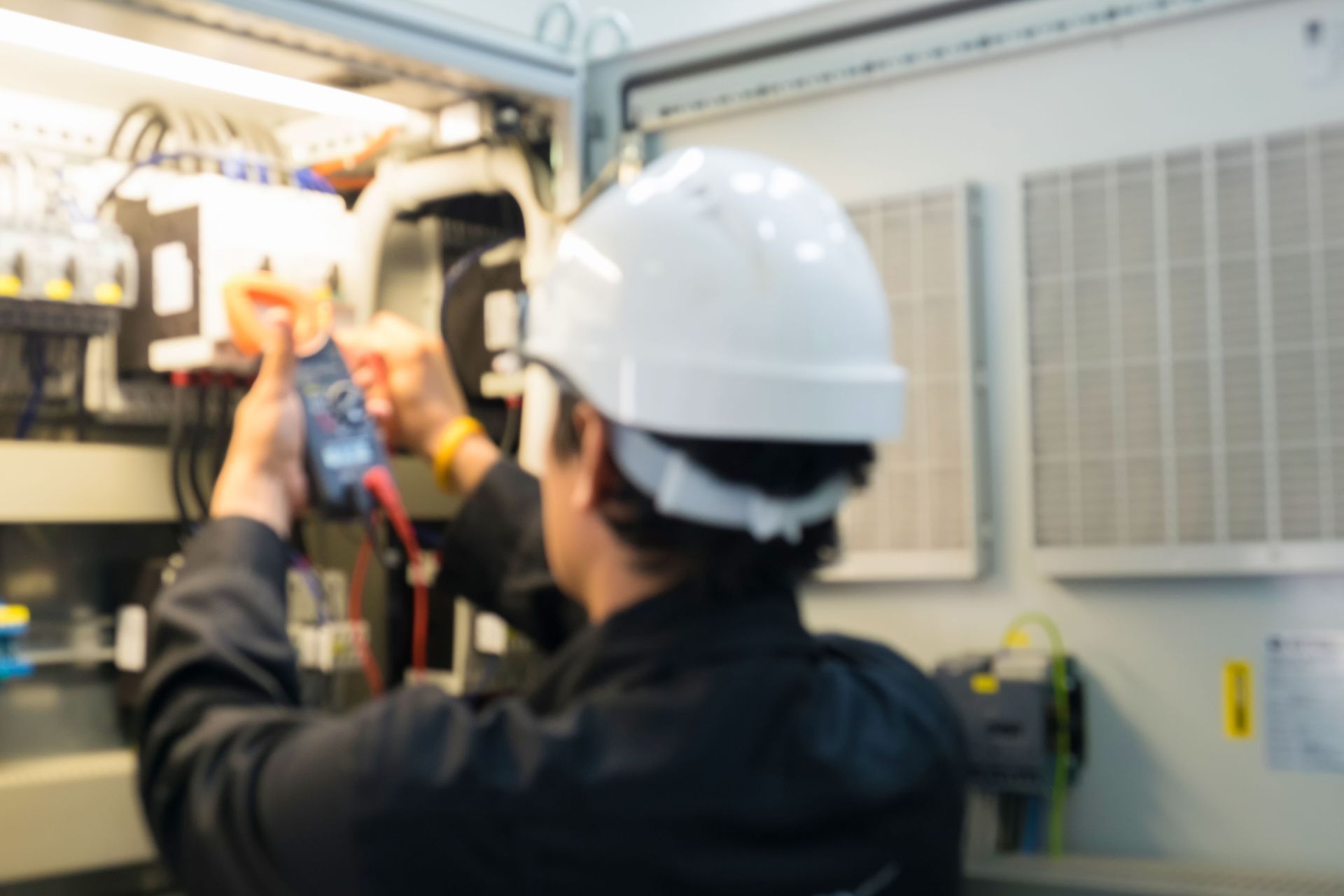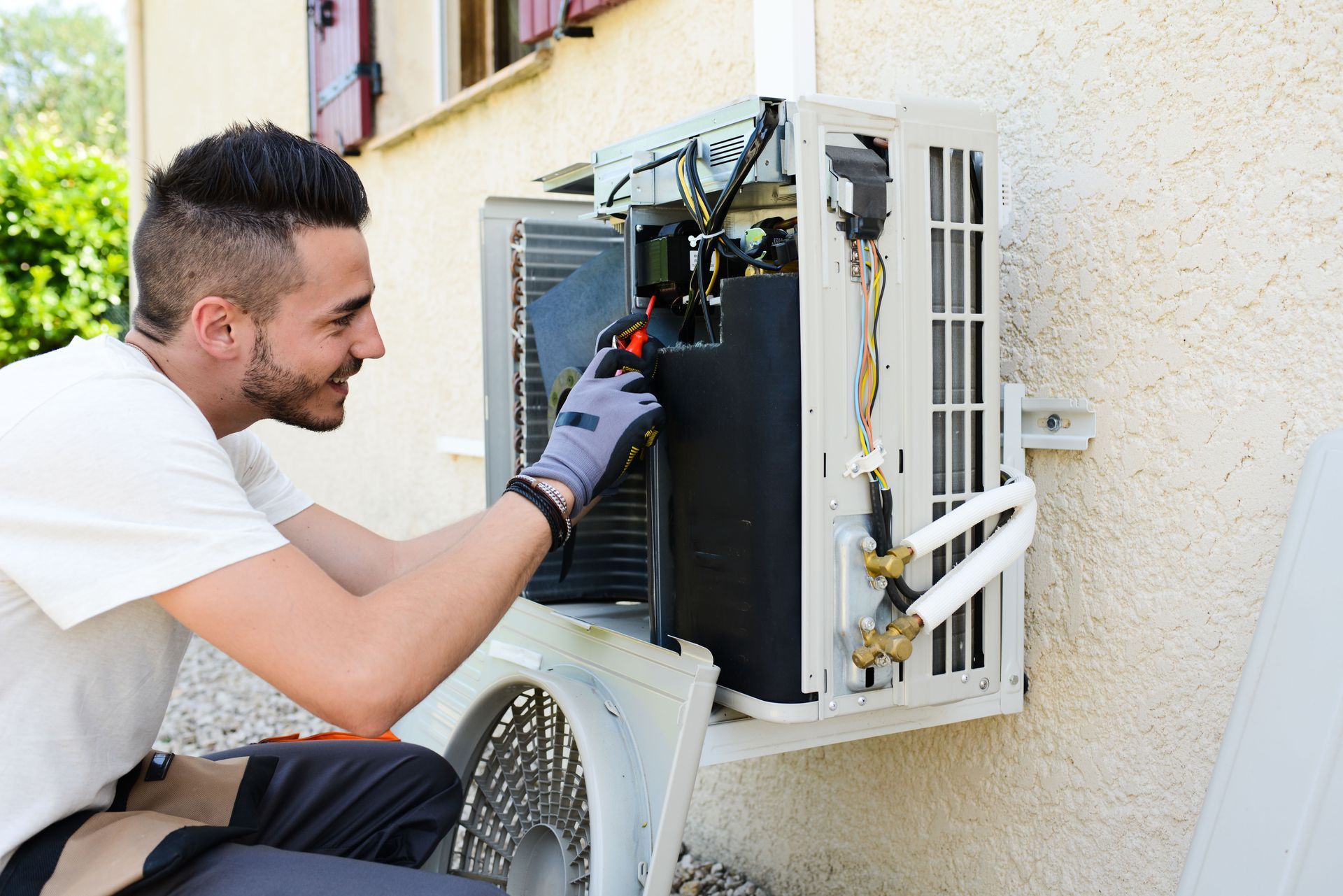September 18, 2025
Electrical systems are the backbone of any commercial facility, powering operations, safety mechanisms, and day-to-day activities. When these systems falter, the consequences can range from minor inconveniences to major financial setbacks. That’s why regular maintenance of electric services is essential for keeping businesses running smoothly. By prioritizing inspections, upgrades, and preventative measures, companies can minimize risks, cut costs, and ensure reliable operations.
Businesses today operate in an environment where downtime has an immediate impact on revenue and reputation. A single electrical failure can delay production schedules, disrupt customer experiences, and create safety hazards. Regular maintenance is no longer just a recommendation—it is a fundamental requirement for organizations that value stability and efficiency. By taking a proactive approach to system care, companies demonstrate foresight, protect investments, and build resilience in an increasingly competitive market.
1. Understand the Basics of Electrical Systems
Every commercial building relies on a complex electrical framework that includes transformers, load distribution panels, switchgear, and circuit breakers. These interconnected components manage power flow and safeguard facilities from potential hazards. Understanding how each element works helps businesses recognize vulnerabilities before they become major issues. Routine assessments keep systems aligned with performance standards and technological advancements.
According to the National Electrical Contractors Association, new construction revenue has risen to 36.6%, indicating economic strength. This growth highlights the importance of maintaining infrastructure as buildings expand and systems become more advanced. Businesses that invest in proper oversight of their electric services position themselves for stability and long-term success.
By learning the fundamentals of electrical systems, facility managers can better collaborate with contractors and ensure proactive maintenance plans. This knowledge leads to smarter resource allocation and reduces the likelihood of costly failures.
2. Emphasize Preventive Maintenance
Preventive maintenance is a proactive strategy designed to identify problems before they escalate. Scheduled inspections and servicing allow electricians to evaluate potential risks and correct them early. This approach significantly reduces the chance of unexpected breakdowns that can lead to extended downtime and hefty repair bills.
Preventive care also prolongs the lifespan of critical equipment. By keeping transformers, panels, and other infrastructure in good condition, businesses maximize performance while minimizing unnecessary replacements. Companies that emphasize preventive oversight of electric services often experience fewer interruptions and smoother daily operations.
The practice is not only about minimizing emergencies but also about enhancing efficiency. Over time, preventive maintenance proves itself as a cost-effective investment that sustains reliable operations while reducing waste and energy consumption. It also helps businesses maintain compliance with safety codes and industry standards, protecting them from legal or insurance complications down the line.
3. Calculate Long-Term Cost Savings
One of the clearest advantages of consistent maintenance is the potential for long-term financial savings. Without regular oversight, electrical problems can quickly spiral into emergencies requiring expensive fixes. By contrast, smaller, scheduled repairs are more affordable and predictable.
Routine upkeep also identifies inefficiencies, such as overworked circuits or outdated lighting systems. Correcting these issues lowers utility bills and ensures that equipment operates at peak performance. With electric services optimized, businesses enjoy measurable savings on both repairs and energy consumption.
Detailed maintenance records further assist with budgeting and compliance. Having a clear history of service allows companies to plan expenses, meet safety standards, and make informed decisions about upgrades or replacements.
4. Reduce the Risk of Electrical Failures
Downtime caused by electrical failures can be devastating. Lost productivity, idle equipment, and safety hazards create immediate and long-term setbacks. Regular maintenance reduces these risks by ensuring that worn-out components are replaced before they fail. It also guarantees that wiring, panels, and other systems comply with safety regulations.
Thorough maintenance programs assess everything from load capacities to grounding systems. By catching problems early, businesses avoid outages and keep staff and customers safe. Consistency is key—adhering to maintenance schedules builds resilience and confidence in the system’s reliability.
Firms that prioritize strong maintenance programs often report improved financial performance because operational stability translates into higher productivity and fewer disruptions. This resilience can become a competitive advantage, as customers and clients increasingly value businesses with consistent uptime and dependable infrastructure.
5. Enhance Energy Efficiency
Energy efficiency has become a priority for both environmental and financial reasons. Electrical maintenance helps companies optimize operations by eliminating inefficiencies and modernizing outdated systems. Adjustments such as upgrading to LED lighting or repairing faulty controls provide immediate savings.
Improving efficiency reduces greenhouse gas emissions and aligns businesses with sustainability goals. Companies known for responsible energy use also strengthen their reputations with clients and stakeholders. By integrating efficiency into electric services, businesses contribute to long-term sustainability while saving money.
In today’s market, demonstrating commitment to green initiatives can also improve competitiveness, as customers increasingly prefer organizations with strong environmental practices. Energy-efficient systems can even increase property values, making maintenance an investment in both present and future returns.
6. Focus on Critical Components
Key elements such as load distribution panels, transformers, and switchgear require special attention. Panels distribute power across circuits and must be inspected regularly to prevent overloads. Transformers regulate voltage, and their upkeep prevents overheating and inefficiency. Switchgear and circuit breakers protect buildings by shutting down faulty circuits before damage occurs.
Lighting systems also demand consistent oversight. Addressing flickering fixtures or outdated ballasts improves efficiency and comfort. Similarly, backup generators and battery systems must be maintained to ensure they are ready in emergencies. Reliable access to these critical components is a cornerstone of comprehensive electric services.
By investing in quality maintenance for these areas, businesses safeguard operations and reduce the likelihood of costly, disruptive failures. Regular testing of backup systems, in particular, ensures that companies can weather unexpected outages with minimal disruption to critical services.
7. Design a Comprehensive Maintenance Program
Creating a maintenance plan tailored to building needs is essential. An effective strategy starts with an assessment of unique operational demands, identifying vulnerabilities and peak usage patterns. This ensures that the maintenance program addresses real-world risks and supports long-term goals.
A structured schedule balances frequency and scope, ensuring that inspections and updates align with industry standards. Documentation of all activities provides an audit trail and allows for better forecasting of future needs. Record-keeping also supports compliance with local and national regulations.
Incorporating technology such as smart sensors or predictive analytics enhances oversight. These tools deliver real-time data, enabling facility managers to respond quickly and refine strategies. A dynamic approach ensures that electric services remain efficient, reliable, and future-ready. Regular evaluations of the plan itself further guarantee that programs evolve with industry trends and technological advancements.
8. Rely on Professional Electricians
Behind every successful maintenance plan is a team of skilled electricians. Their certifications, training, and experience ensure that work is completed safely and to the highest standards. Commercial environments demand electricians who understand complex systems and can troubleshoot efficiently.
Experienced professionals bring knowledge from diverse projects, making them adept at finding solutions quickly. Their ability to collaborate with facility managers enhances decision-making and keeps strategies aligned with business objectives. Professional oversight of electric services builds confidence in system reliability and safety.
Ongoing training and adherence to safety standards keep electricians current with regulations and best practices. Businesses that invest in certified professionals reduce liability risks and strengthen their commitment to excellence. When electricians and facility managers work as a team, businesses gain both technical expertise and strategic planning support, ensuring their systems remain dependable and compliant.
Commercial buildings rely heavily on uninterrupted electrical performance, and neglecting maintenance can result in costly setbacks. Regular upkeep prevents downtime, enhances safety, and supports sustainability, while also offering measurable financial benefits. By investing in quality
electric services, businesses secure both short-term efficiency and long-term success. For reliable commercial, industrial, and agricultural electrical solutions, as well as electrical panel replacement, contact Slater Electric LLC. Serving East Central Iowa since 2015, we bring proven expertise to keep your operations running without interruption.




